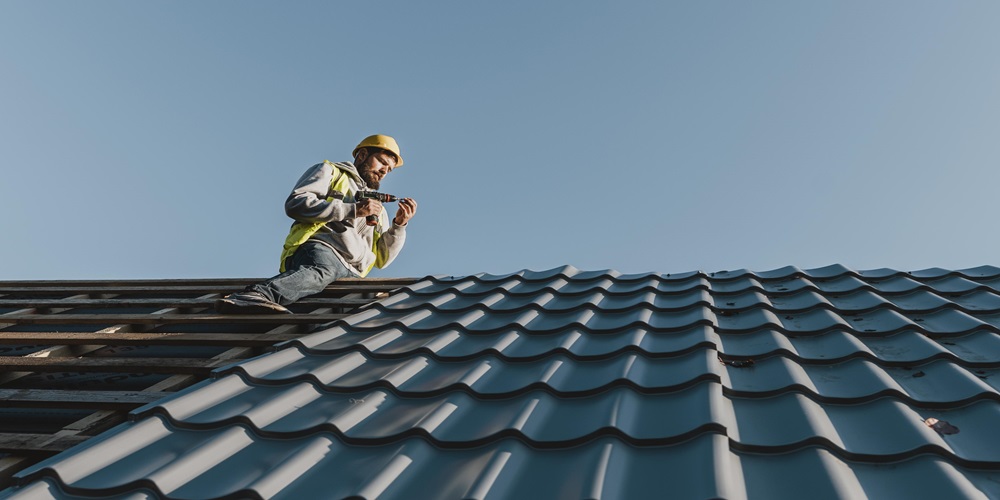The 5 most common roofing materials
The selection of the roof for your home is essential. The roof protects your house; therefore, knowing the typical materials is necessary. Here are five usual roofing materials: Shingle asphalt, metal roofing, wood shakes, clay tiles or slate. As attic insulation Mississauga indicates, these are widely used roofing materials for anyone.

1. Asphalt Shingles
The preferred roof material is asphalt shingles. They are composed of a sturdy foundation with asphalt and small stones or paper-like parts called cellulose. They usually appear as three tabs glued to each other. People like them because they don’t cost much, are very durable and can easily be installed on your rooftop.
A lot of residential buildings prefer many asphalt shingles. They are very inexpensive, so most of the people can afford them. They also have a long life and can resist harsh weather, which is very good for maintaining a secure dwelling. In addition, they are also straightforward to install, making them a perfect choice for many roofing works.
2. Metal Roofing
Metal roofing is one of the best possible solutions when searching for a long-lasting solution. It may last for 50 years and beyond also. Aluminum, copper or steel are commonly used to make metal roofs.
Light metal roofs put slight pressure on your house. They also have a good fire resistance that provides much additional security. These roofs significantly save energy since they reflect the sun’s rays and minimize heat gain. For nature lovers, metal roofing can be recycled and is environmentally friendly.
3. Wood Shakes
Natural and grounded, the wood shakes can stand up to 30 years or more. They are made from cut logs and wood, such as cedar or redwood. These roofs are very energy-efficient and help to keep one’s home warm. But here’s the thing: They require intensive care and perform poorly against the fire.
4. Clay Tiles
If you seek a secure and durable roof, clay tiles are an ideal choice that can serve for 100 years or even longer. They are made of natural clay and have numerous colours and appearances. Such tiles are very energy-efficient and also fire-resistant. However, please note that they are pretty hefty and require a substantial roof structure.
5. Slate
Slate is a natural option that spans more than 100 years. They are available in various colours and designs, have fire-resistance properties, and are energy-saving. However, the problem is that it’s very bulky, so your roof should be robust. In addition to that, it is slightly pricey, and only a qualified professional should be allowed.
Conclusion
All forms of roof materials have both positive and also negative aspects. The choice comes down to how long it appears, the longevity and the price of each model on your roof needs. You should know what you want when you want to buy a roof. This will help you determine the cost and budget. Some other factors are availability and if they work with the climate of where you live.
